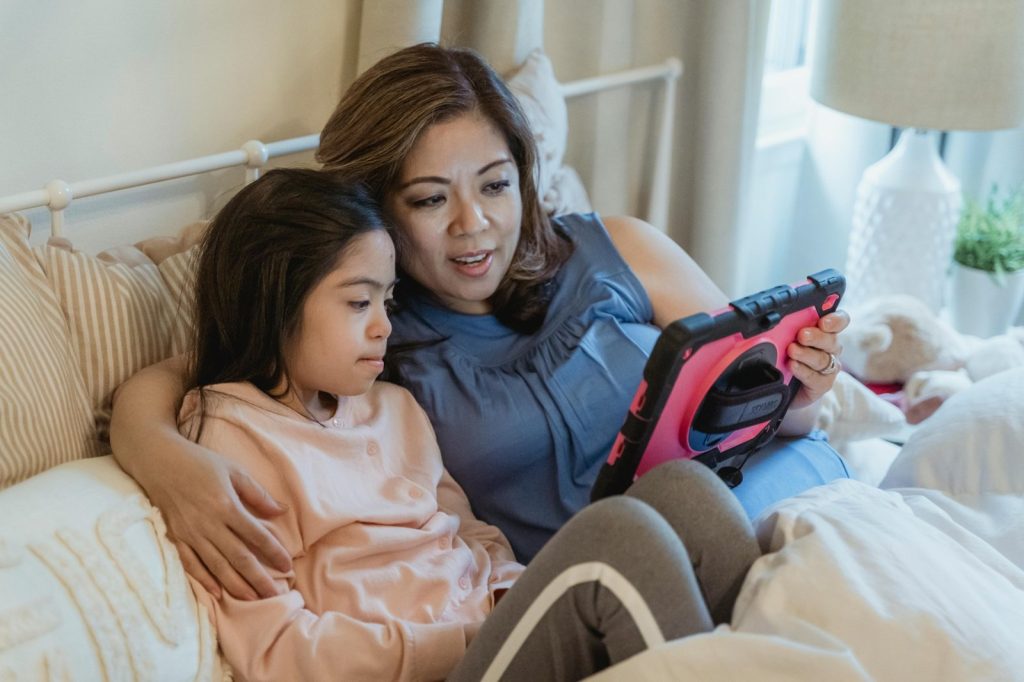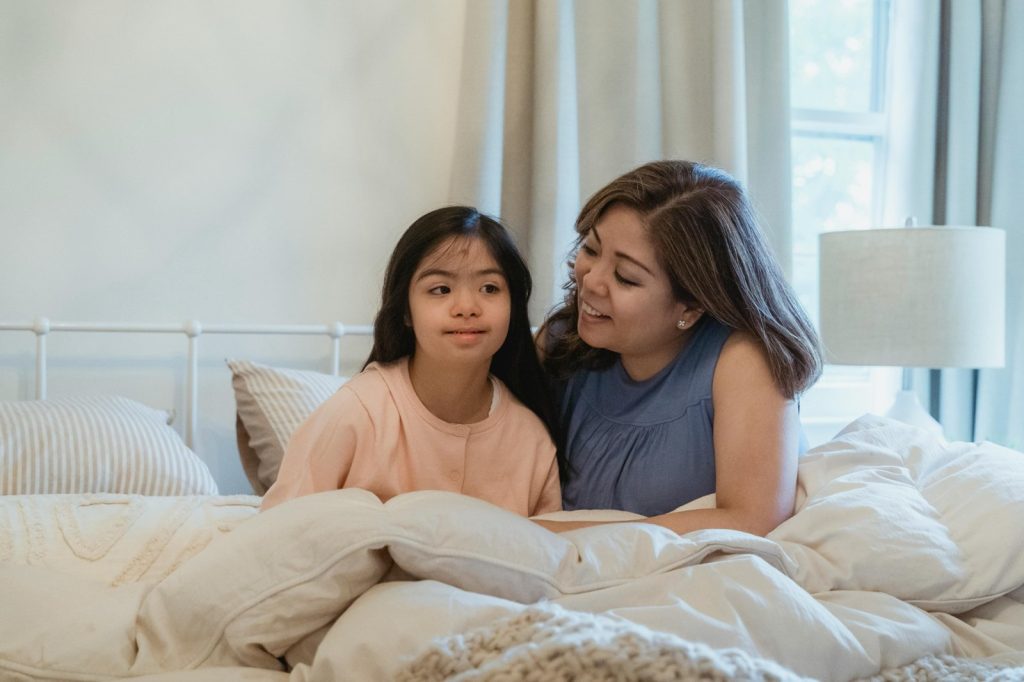For many children with autism, structure means comfort. Predictable routines help them feel in control, but autism & routine changes can quickly lead to stress, confusion, and emotional meltdowns.
Understanding autism and routine changes gives parents and caregivers the tools to respond with empathy and effective strategies. With the right supports, transitions can become teachable moments instead of overwhelming obstacles.
Why Autism & Routine Changes Feel So Hard
Children with autism often depend on routines to regulate emotions, manage energy levels, and maintain a sense of control. When this structure breaks, it’s not defiance that causes distress – it’s genuine discomfort and anxiety.
This difficulty with transitions may show up as:
- Resistance to leaving a favorite activity
- Anxiety over new environments or people
- Meltdowns during schedule changes
Kids on the spectrum may simply need extra time, explanation, and support to adapt to change.

The Science Behind Transitions in Autism
Transitions require kids to shift attention, adjust expectations, and prepare for something new. For children with autism, this can be especially challenging because of:
- Sensory sensitivities
- Differences in processing speed
- Difficulties with emotional regulation
That’s why preparation, reinforcement, and autism strategies are essential to help bridge the gap between the known and unknown.
Practical Tools for Autism & Routine Changes
Several ABA strategies can make routine changes easier:
- Visual Aids: Show what’s happening next with pictures or symbols.
- Countdown Timers: Provide a warning before switching tasks.
- First/Then Boards: Outline what comes now and what comes after.
- Social Stories: Use simple narratives to explain upcoming events.
- Transition Objects: Let kids carry a comfort item during changes.
These tools give structure and predictability, helping children feel safer in the face of change.
Supporting Emotional Regulation
Helping children manage emotions during transitions means:
- Naming emotions clearly: “I see you’re upset because our plans changed.”
- Offering calming tools like sensory toys or breathing exercises
- Reinforcing flexibility with praise and encouragement
- Staying calm yourself – kids learn emotional regulation from caregivers

Building Flexibility Into Routines
Ironically, you can use routine to teach flexibility. Try:
- Scheduling “surprise time” once a day for something unexpected
- Practicing mock transitions, like packing up quickly or changing plans
- Using a visual calendar with possible changes marked in advance
- Reading books about emotions, flexibility, and coping with change
Over time, these small practices help reduce anxiety about the unknown.
When Big Life Changes Happen
Major events like moving, switching schools, or changing therapy schedules require extra planning. Work with your child’s therapy team to create a step-by-step plan.
Some families use social skills curriculum for autism to role-play what will happen, while others rely on visual aids, schedules, and reinforcement systems to guide kids through each stage.
Conclusion
Children with autism don’t resist change out of stubbornness – they experience it more intensely. With structure, preparation, and compassion, they can learn to adapt and even thrive when routines shift.
Whether facing small transitions or major life events, the right tools can turn stressful moments into opportunities for growth, resilience, and confidence.
FAQ: Autism and Routine Changes
1. Why are routine changes so hard for kids with autism?
Because changes disrupt predictability, leading to anxiety and sensory overload.
2. How can I prepare my child for a routine change?
Use visual schedules, countdown timers, and social stories to prepare them step-by-step.
3. What ABA strategies help with transitions?
First/Then boards, reinforcement systems, and transition objects are very effective.
4. Can routine changes help teach flexibility?
Yes, practicing small changes regularly builds coping skills over time.
5. How do I handle big transitions like moving schools?
Work with therapists, create a plan, use visual supports, and prepare gradually.
